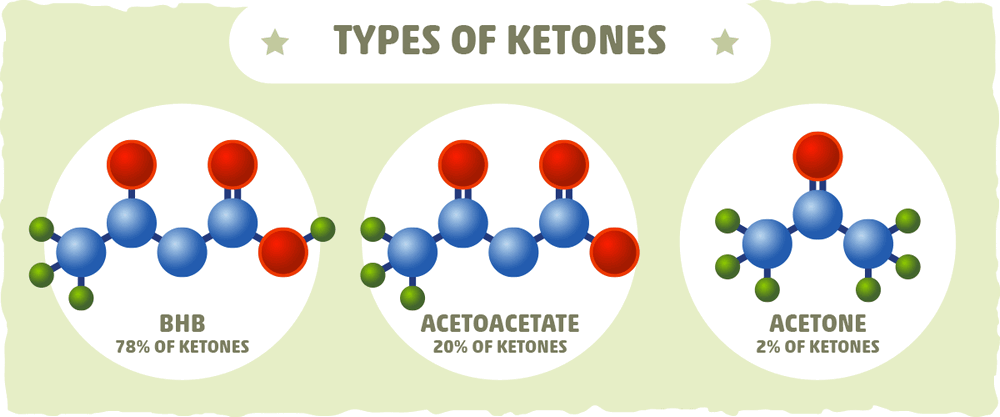β-Hydroxybutyrate in the Brain: One Molecule, Multiple Mechanisms
Beta-hydroxybutyrate (BHB) is the ketone body, our main source of energy during fasting and the keto diet.
Up to 70% of all ketones are BHB.
This ketone is synthesized in the liver mitochondria from the oxidation of fatty acids and adipose tissue, human milk, or from ketogenic amino acids.
Beta-hydroxybutyrate can also be synthesized endogenously by astrocytes.
Outside of the keto diet, the plasma concentration of BHB is 0.04 mmol/liter on average. Fasting from a week of 5-6 mmol, ketoacidosis about 25.
Monocarboxylate transporters (MCT1, MCT2, MCT4, SMCT1) deliver to BHB neurons. All of them (except MCT2) have low affinity with BHB, but affinity increases strongly with fasting and a keto diet.
How beta-hydroxybutyrate gets into the mitochondrion is not fully defined [although Ling’s Association-induction theory allows us to explain this]. The mitochondria take about 50% of this ketone at a concentration of 0.9 mmol, which is quite a lot.
IMPORTANT!!! BHB improves the redox potential of the NAD+ / NADH pair from -280 to -300 mV (a study on the mitochondria of rat hearts). The redox Potential is the amount of electrons (or energy) that a substance can give or take away. In this case, it turns out that with the banal replacement of glucose with ketones, your mitochondria begin to work 5-7% more effectively.
The l-isomer BHB does not promote mitochondrial respiration (energy production).
The article goes on to discuss genetic diseases related to enzymes necessary for ketone metabolism. These diseases are very rare (30 cases from 72 years, 11 cases in 88 years, etc.). But you can remember the enzymes that are necessary for the metabolism of ketones. BHD, SCOT (3-axoacid-CoA transferase), T2 (acetoacetyl-CoA thiolase).
Since the age of 73 (LIUs Sokoloff), we are talking about the fact that the role of glucose as a brain fuel should be reconsidered. In the developing brain, ketones are the preferred fuel.
All types of brain cells can use ketones as fuel.
The above enzymes are most active in astrocytes.
BHB allows you to maintain the basic energy needs of the Genbrain.
BHB increases the concentration of Acetyl-CoA, but reduces the concentration of “free” coenzyme A. In astrocytes, it reduces the conversion of glutamate to aspartate, and reduces the concentration of aspartate. Increases the level of citrate (in astrocytes), which in turn suppresses glutamine synthetase.
In neurons, it reduces the synthesis of the neutrotransmitter glutamate.
Reduces the production of reactive oxygen species in complex 2.
Changes the activity of K+ – aft channels, which reduces the need for glucose and also has a neuroprotective effect. Increases Ca2+ concentration, BHB modulates sympathetic activity.
Improves protection against oxidative stress by inhibiting various histone enzymes.
Reduces inflammatory processes created by the immune system.
To sum up.
BHB:
- more energy-efficient fuel than glucose;
- can support the function of neurons);
- they are most actively generated in astocytes (with subsequent sending to neurons using MC transporters);
- they create fewer reactive oxygen species, protect against oxidative stress, and have a number of serious neuroprotective effects;
